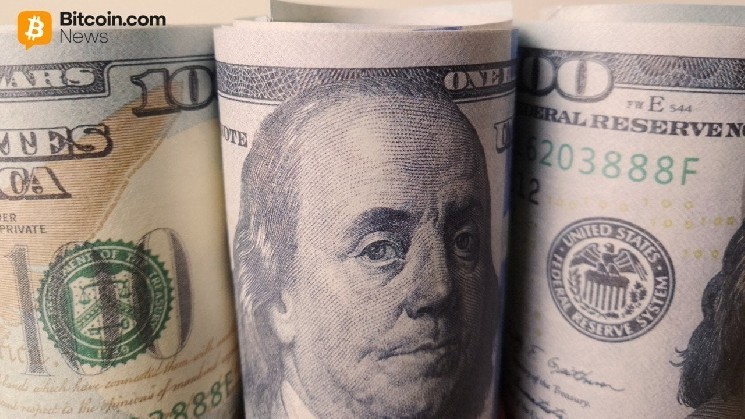Real USD officially moves on-chain as Uphold, Vast Bank and USBC Inc. unveil a regulated blockchain-based deposit system that combines insured bank accounts and access to digital dollars for retail users around the world.
Uphold and Vast Bank launch real USD on-chain
A new phase in digital finance is emerging as regulated banking institutions adopt blockchain technology to issue real US dollars on-chain. Financial technology company Uphold announced on October 23 a strategic partnership with state-chartered Vastbank and publicly traded USBC Inc. (NYSE American: USBC) to introduce tokenized US dollar deposits for retail customers around the world. The partnership aims to blend the safety of US banking with the innovation of blockchain finance, allowing Uphold users to open Vast Bank accounts and hold their deposits as tokenized digital dollars.
The announcement states:
Vast Bank’s tokenized savings account will be available to Uphold customers starting in 2026.
“Vast Bank customers’ bank deposits are represented by USBC and recorded on USBC’s privacy-preserving blockchain. These digital U.S. dollars are designed to ensure that the underlying deposits are FDIC-insured through issuing banks and Reg E protection,” the announcement states.
“This partnership will give Uphold customers around the world direct access to their U.S. bank deposit accounts with tokenized deposits and digital IDs,” said Uphold CEO Simon McLoughlin. He added:
We are proud to be the first major cryptocurrency platform to deliver the future to our customers. It is real U.S. dollars on-chain, issued by nationally chartered banks and backed by the strength of the U.S. banking system and consumer protections.
The initiative is a departure from traditional stablecoins, which are typically issued by fintech companies and are not directly tied to insured bank deposits. In contrast, tokenized deposits are fully backed by regulated banks and recorded on-chain, combining the world-class efficiency of blockchain with traditional safeguards. Analysts see this model as a pivotal step towards a more secure, transparent and interoperable digital banking infrastructure, with the potential to redefine how retail users around the world access and transact digital USD.


